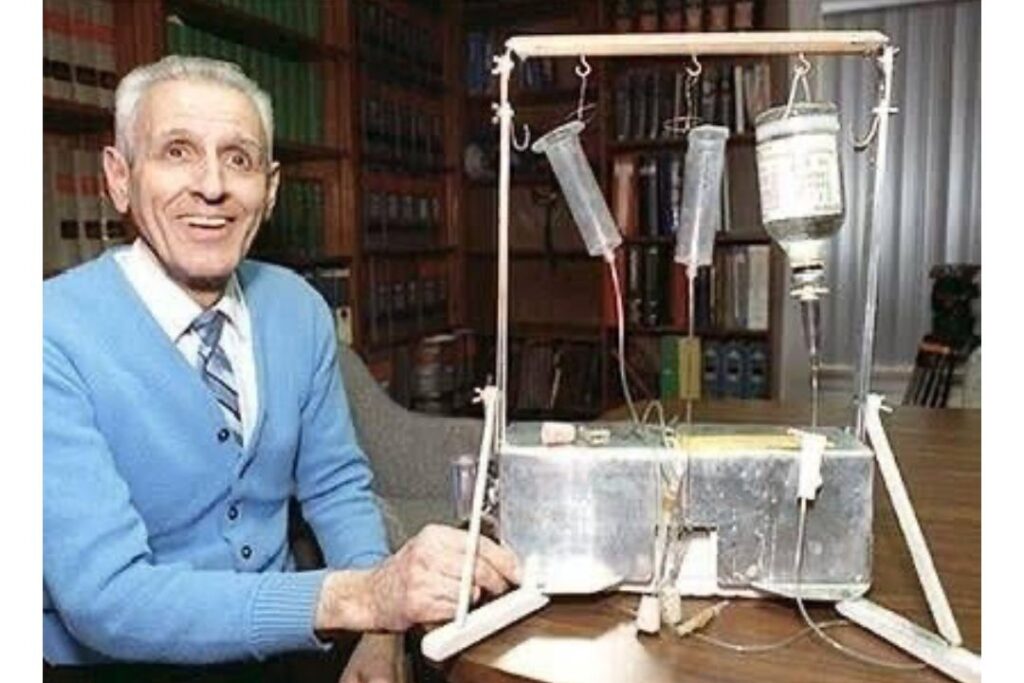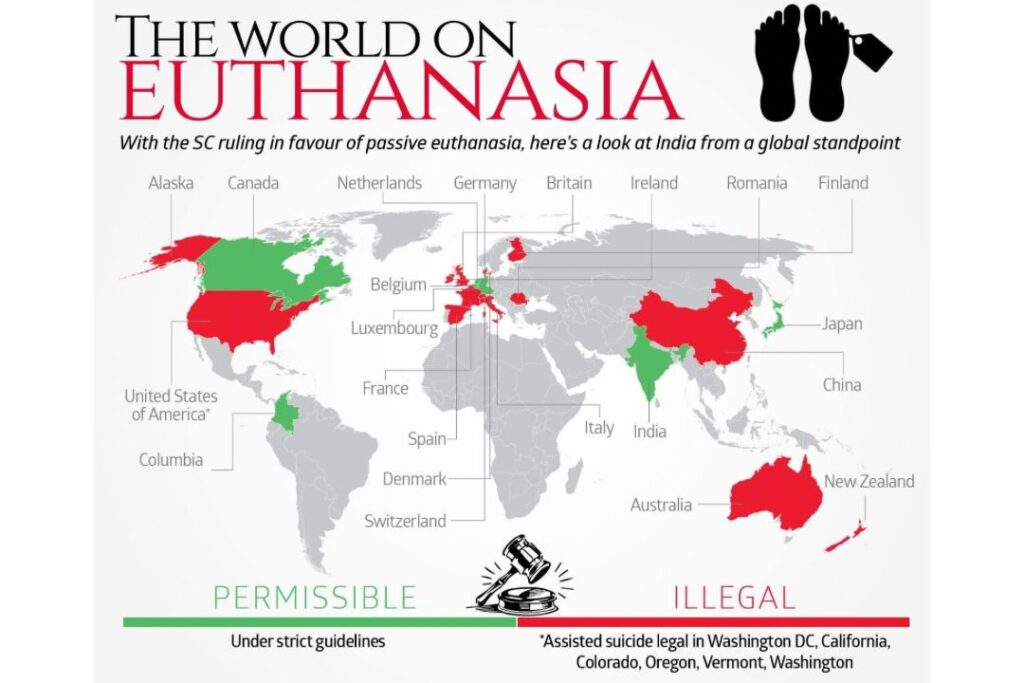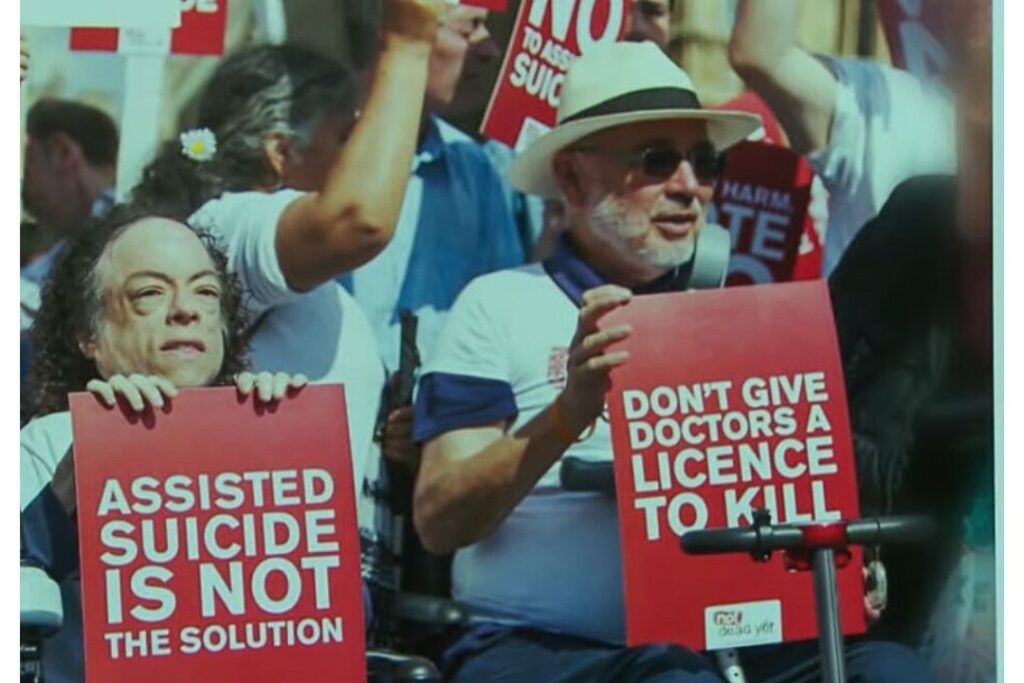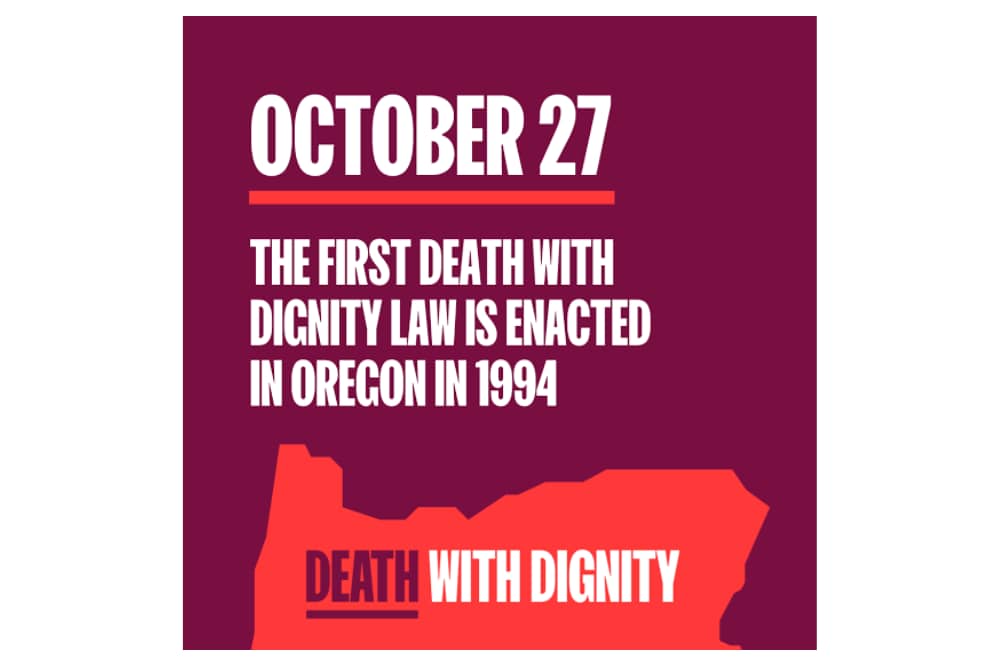Death Can Now Be Planned

For most of history, death was something people rarely talked about, let alone planned. But in recent decades, euthanasia has moved from the shadows into the global spotlight. From pets to people, and from controversial laws to futuristic death pods, the way we think about dying is changing fast. Here are some surprising, sometimes unsettling, and deeply human truths about euthanasia.
1. We’re Kinder to Pets Than to People

When a pet is suffering from untreatable illness, veterinarians help them pass peacefully with sedation and compassion. Families gather, say goodbye, and trust the process will be gentle. Yet for humans, the same mercy is far harder to find. In many places, laws and politics prevent assisted dying, even when suffering is overwhelming. Religious traditions, cultural values, and ethical debates continue to complicate the issue, leaving many people to endure pain longer than animals would. The contrast has sparked global debate, with growing calls to offer humans the same dignity we readily grant our pets.
2. Jack Kevorkian Made It a Global Issue

Few names stir as much controversy as Dr. Jack Kevorkian, often called “Dr. Death.” In the 1990s, he openly helped more than 130 terminally ill patients end their lives, using devices he invented like the “Thanatron,” a machine that delivered lethal medication at the push of a button. His actions brought the right-to-die debate into living rooms worldwide. While many saw him as a compassionate advocate, others viewed him as reckless and dangerous. Kevorkian faced numerous legal battles, and one high-profile case landed him in prison for eight years. Despite criticism, his campaign forced governments and medical systems to face uncomfortable questions about choice, autonomy, and what it truly means to die with dignity.
3. Only a Few Countries Allow Full Assisted Dying

While the debate rages globally, only a small number of countries permit euthanasia or assisted dying under specific conditions. Nations like the Netherlands, Belgium, Canada, Switzerland, and parts of Australia have paved the way, each with strict safeguards and eligibility rules. In most other countries, however, the practice remains illegal or extremely restricted, often limited to withdrawing life support rather than actively assisting death. The contrast highlights how cultural values and religious traditions shape laws. In some places, even suggesting euthanasia is taboo, while in others, it’s considered part of compassionate care. The divide shows just how deeply personal and complex the subject remains.
4. Switzerland Lets Foreigners Die There

Switzerland has become a destination for what’s known as “suicide tourism.” Unlike most nations, it allows non-citizens to access assisted dying services through organizations such as Dignitas and Exit. People from all over the world, often from countries where the practice is banned, travel there to end their lives legally and peacefully. Each case requires thorough vetting, medical reports, and strict review to ensure the person is making an informed choice. Families often accompany loved ones for a final farewell in Switzerland, sparking emotional debates back home about why citizens must travel abroad for something they believe should be available at home.
5. Canada’s MAiD Law Is Expanding and Controversial

Canada’s Medical Assistance in Dying (MAiD) law is among the most expansive in the world, and it continues to evolve. Initially limited to those with terminal illness, it later expanded to include people with chronic conditions, and soon it may apply to individuals suffering solely from mental illness. While many Canadians see this as a step toward greater autonomy and compassion, critics worry the system doesn’t provide enough safeguards. Some argue the country should first strengthen healthcare and social supports before broadening access to assisted dying. The law has sparked intense debate internationally, with some praising Canada’s bold stance and others cautioning against the risks of going too far.
6. Most of the U.S. Says No

In the United States, assisted dying is legal in just 10 states and Washington, D.C., under strict guidelines. Patients must be mentally competent, diagnosed with a terminal illness, and expected to live less than six months. Even then, the process requires multiple requests, doctor approvals, and waiting periods. In the rest of the country, laws either ban the practice outright or leave it unaddressed, making it legally risky for doctors. Despite growing public support, polls often show a majority of Americans favor some form of assisted dying, religious influence, political divides, and concerns about abuse keep most states from changing course.
7. There’s a 3D-Printed Death Pod

One of the most futuristic approaches to euthanasia is the Sarco capsule, a 3D-printed pod created by Australian doctor Philip Nitschke. The device uses nitrogen to create a quick, painless death by reducing oxygen levels, allowing individuals to pass away without medical assistance. Approved for use in Switzerland, the pod has stirred fascination and outrage alike. Supporters see it as a way to put choice fully in the hands of the individual, free from bureaucracy or doctors. Critics worry it makes death too accessible and even glamorizes the process. Whether viewed as innovation or provocation, the Sarco pod pushes the boundaries of how society imagines the future of dying.
8. The Netherlands May Lower the Age to 1

The Netherlands is already known for having some of the most progressive euthanasia laws, allowing it from age 12 with parental consent. Now, proposals suggest lowering the age to include infants with terminal illnesses or unbearable suffering. If approved, children as young as 1 could legally be helped to die under carefully controlled medical circumstances. This possibility has ignited global debate, with some praising it as a humane recognition of extreme suffering, while others warn it crosses an ethical line society isn’t prepared for. Regardless of outcome, the discussion makes the Netherlands a global outlier in pediatric end-of-life care.
9. France Is on the Verge of Legalization

France has long debated assisted dying, and 2025 may mark a turning point. The government is drafting its first law that would allow euthanasia under certain conditions, balancing patient autonomy with expanded access to palliative care. Public opinion polls show strong support, but the proposed law faces pushback from religious groups and some medical professionals. If it passes, France would join the small group of European nations where assisted dying is legal, setting a precedent for other countries still wrestling with the issue. The move reflects a broader cultural shift in how nations approach death, not only as an end, but as something to be managed with dignity.
10. Japan Doesn’t Allow It, But Many Want It

Japan, home to one of the world’s oldest populations, still bans euthanasia outright. Families facing end-of-life decisions often resort to withdrawing life support or choosing passive forms of care. Yet as the population ages rapidly and caregiving burdens increase, more people are calling for change. Polls show that many Japanese citizens support some form of assisted dying, especially for those suffering from painful, irreversible conditions. Still, the government has been hesitant to touch the issue, partly due to cultural traditions that emphasize endurance and partly because of fears of misuse. For now, the gap between public sentiment and legal reality continues to grow.
11. Belgium Recognizes Psychological Suffering

Belgium stands apart for allowing euthanasia not only for physical illness but also for severe psychological suffering. Patients with chronic, untreatable mental illness can request euthanasia if doctors agree the condition cannot be relieved. This approach acknowledges that pain is not always visible or physical. Critics, however, argue that depression and mental disorders can change over time, raising concerns about irreversible decisions. Supporters counter that it’s a compassionate recognition of suffering that medicine cannot always fix. Belgium’s stance remains controversial but is seen by many as a bold acknowledgment that mental health deserves the same consideration as physical illness.
12. The U.K. Criminalizes It, But Support Is Growing

In the United Kingdom, assisted dying remains a crime that can carry up to 14 years in prison. Families who help loved ones travel abroad for euthanasia risk prosecution, although cases are often dropped. Despite the legal barriers, public support for change is overwhelming, with polls showing more than 80% in favor of some form of legalization. High-profile cases and media coverage have kept the debate in the spotlight, and pressure on lawmakers is steadily increasing. While Parliament has repeatedly voted against reform, the strength of public opinion suggests the conversation is far from over.
13. Oregon Led the U.S. Movement

When Oregon Death with Dignity Act was approved by voters in November 1994, but officially took effect on October 27, 1997, it became the first U.S. state to allow terminally ill patients to request life-ending medication. The law includes strict safeguards, such as multiple requests, waiting periods, and confirmation from at least two doctors. In the years since, thousands of Oregonians have used the law, and it has inspired similar legislation across the country. Oregon’s experience has also provided valuable data on how such systems work in practice, with many studies showing the law is used carefully and rarely abused. Its pioneering step helped shape the broader U.S. conversation on end-of-life choice.
14. Alzheimer’s Patients Face Legal Roadblocks

For people diagnosed with Alzheimer’s or other forms of dementia, the question of consent creates a painful barrier. Even if someone signs an advance directive asking for euthanasia later, many legal systems don’t honor it once the person loses mental capacity. This means families often watch loved ones endure years of decline without the option of assisted death, despite earlier wishes. In countries where euthanasia is legal, the inability to apply it to dementia patients is one of the most debated issues. Advocates argue that autonomy should include decisions made before cognitive decline, while opponents stress the dangers of interpreting consent when the patient can no longer confirm their wishes.
15. End-of-Life Robotics Are Coming

Technology is already reshaping care for aging populations, and euthanasia may not be far behind. In Japan and parts of Europe, robots help with daily caregiving tasks like lifting patients or offering companionship. Looking ahead, researchers are exploring whether AI could play a role in assessing pain levels, monitoring quality of life, or even assisting in end-of-life procedures. While this may sound futuristic, or unsettling, it raises serious ethical questions about how much technology should be involved in something as deeply human as dying. For now, robotics remain supportive tools, but the idea of machines playing a role in euthanasia is moving from science fiction to real-world discussion.
16. Dying Has Changed, For Better and Worse

For much of history, death was often long, painful, and poorly understood. People and animals alike were left to suffer without relief. Today, advances in medicine, palliative care, and, where legal, euthanasia offer more control and comfort at the end of life. The focus is shifting from simply extending years to ensuring a “good death,” one marked by dignity and peace. Yet these changes also spark difficult ethical questions about autonomy, compassion, and societal responsibility.
Euthanasia sits at the crossroads of medicine, ethics, and human emotion. For some, it represents compassion and choice; for others, it raises fears of overreach and moral decline. What’s clear is that the way we approach dying has transformed dramatically, and the conversation is only growing louder. No matter where you stand, the future of dying is being rewritten, and it touches us all.
This story 16 Things You Didn’t Know About Euthanasia, for Humans, Animals, and the Future of Dying was first published on Daily FETCH


